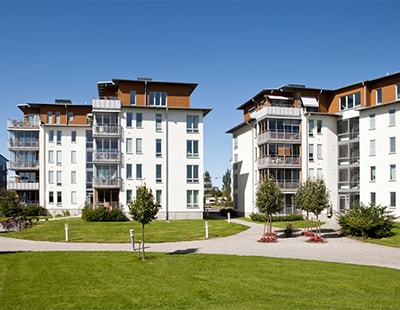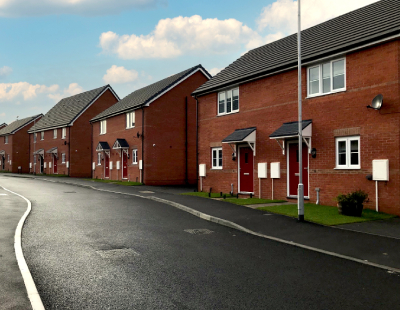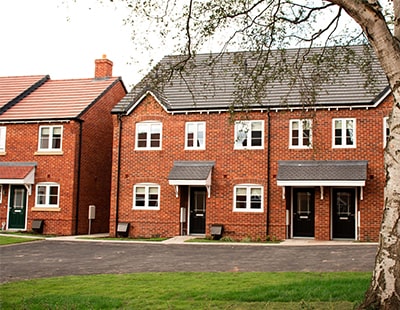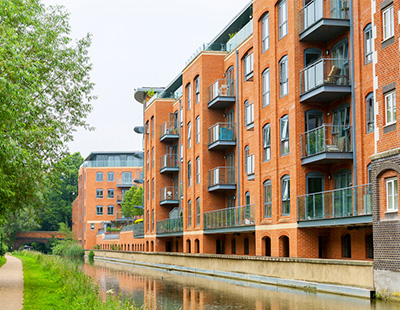Demand for longer-term agreements is undoubtedly being fuelled by changing demographics, as the average age of renters creeps up. Among our tenants, the 26 to 35-year-old age group is the largest, followed by 36 to 45-year-olds – and they naturally have different priorities to someone in their early-20s, looking for a city apartment close to shops, leisure destinations, bars and restaurants.
As many as 40% have dependents, and as such want to be close to schools and other amenities. They need peace-of-mind that property repairs will be carried out promptly and an absentee landlord won’t suddenly demand the property back.
We also see older divorcees and retirees who, having owned a house in the past, are now looking for greater flexibility and less maintenance, yet still feel enormous pride in their home and community.
The fact that tenancies of three to five years have become common on Build to Rent (BTR) schemes reflects this shift in the rental market. As people stay in their home for longer, they build an emotional connection with the local area, make friends with neighbours and organise, or take part in, activities and events. Furthermore, it gives them a genuine incentive to look after their home, garden and the wider development.
Like all housebuilders, BTR providers understand the importance of creating a sense of community where none existed before. While this grows organically over time, there are steps that they, along with their property management company, can take to instil it sooner.
Low-density housing, with green spaces, creates a pleasant environment where people want to spend time. There is no reason why tenants shouldn’t be allowed to personalise their property, as long as it is in keeping with the surrounding area.
Our tenants can paint the interior walls, or put up shelves, then return it to its original condition when they leave. As property managers, we’re regularly impressed by the effort some put into their décor.
We also believe it is important to tap into tenants’ aspirations by kitting out properties with high quality fixtures and accessories, which they want to look after. Sometimes, however, a small and inexpensive change can make a big difference – for example, our team fits curtains or blinds to stop people putting up sheets when they first move in.
Not every tenant wants to make friends with others, nor invest heavily in their property, but it is important to engage with them as much as possible. Social events, such as pizza nights or a festive visit from Santa, give us an opportunity to speak to people and find out what they like about living on a development and what frustrates them. Rather than only speaking to them when there is a problem (and they are thinking of moving), we can act on their feedback, so they hopefully stay for longer.
Community engagement is not only about preventing tenant churn but also tackling any anti-social behaviour, particularly if the perpetrators are damaging properties and bringing the feeling of an area down.
Property management companies have the resources, not to mention commercial obligation to investors, to start the eviction process – but we can also address issues before they escalate in a non-confrontational social setting.
The growth of BTR has paved the way for longer-term tenancies and there is now nothing to stop many from staying in their property as long as a homeowner would.
As well as reassuring tenants that they can make a permanent home in BTR, I also see it as a way to ease pressure on social housing stock. With similar levels of security, it is another option for social housing tenants whose financial circumstances have improved and this creates more opportunities for investors as they enter the PRS market.
*Paul Staley is director of PRS at SDL Property Management









.png)










Join the conversation
Be the first to comment (please use the comment box below)
Please login to comment